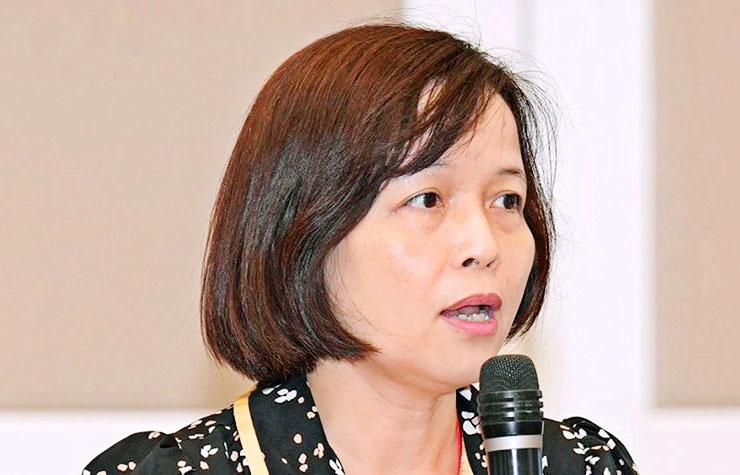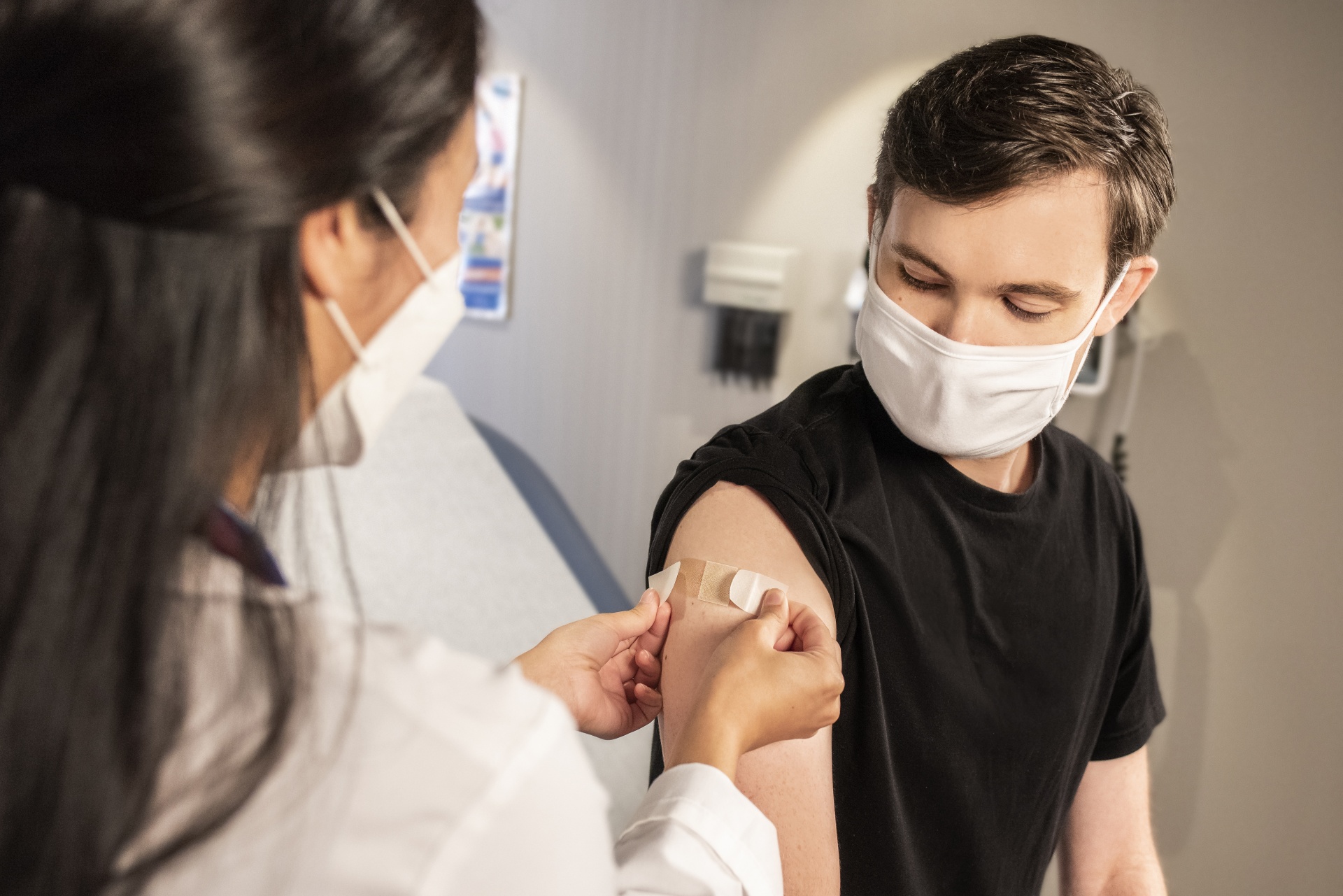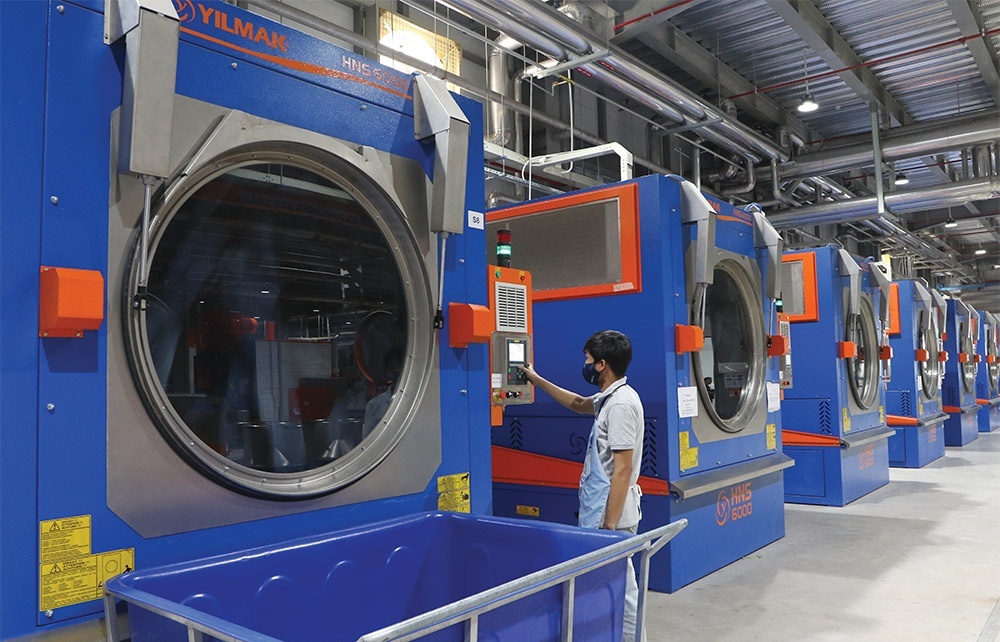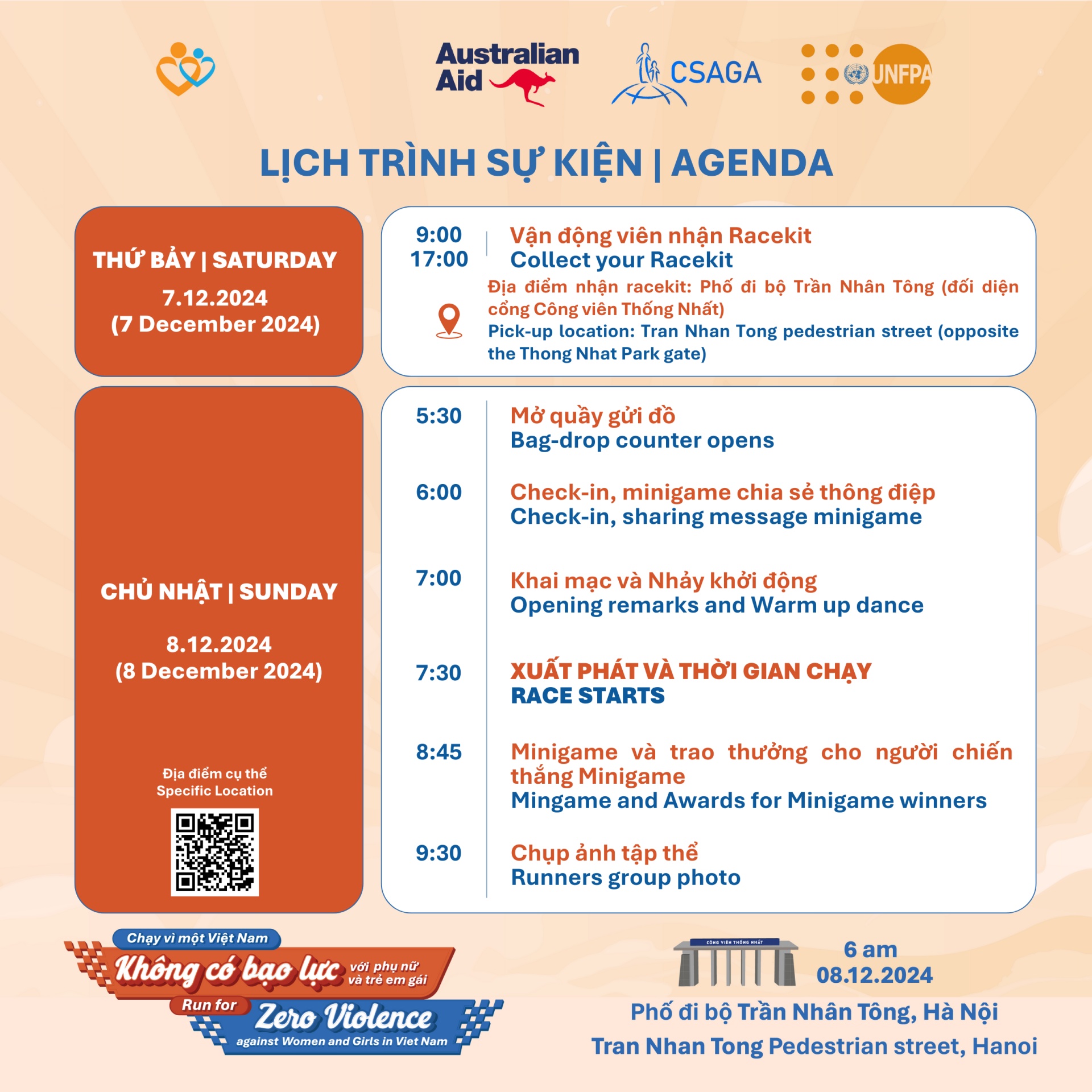Medical supervision vital for IV therapy
 |
| Intravenous therapy is a popular medical technique but can pose risks, even fatal ones.-VNA/VNS Photo Hoang Hai |
Most recently, on October 16, a 22-month-old baby in Yen Thuong Commune in Hanoi’s Gia Lam District died after having an intravenous drip at a private clinic in Long Bien District.
Before being taken to the clinic, the baby suffered from diarrhea and fever. Within only five minutes of starting intravenous therapy, the baby showed signals of anaphylactic shock.
Nguyen Quang Trung, head of the private healthcare management division under Hanoi’s Heath Department, said that the clinic was not licensed to provide the intravenous service.
A 6-year-old girl in the northern city of Hai Phong reportedly died in the middle of this month after taking an intravenous drip at Le Chan District General Hospital.
In April, the death of a 48-year-old teacher in the CentralHighlands Province of Dak Lak was also related to intravenous therapy carried out at a private clinic.
The recent fatalities have raised the alarm on the substandard practice of intravenous therapies.
Intravenous therapy (IV) is a therapy that delivers liquid substances directly into a vein. The intravenous route of administration can be used for injections or infusions. Intravenous infusions are commonly referred to as drips.
With the availability of medical products and healthcare practitioners, people in Vietnam, especially in urban areas, nowadays can easily access an emerging medical service that offers intravenous therapy at home.
The convenience of the service has made more and more people prefer to seek an intravenous drip as soon as they feel unwell. Instead of going to see a doctor at reliable healthcare centres or hospital, they seek the treatment at freelance healthcare practitioners, private clinics and even uncertified providers.
Nguyen Thi Nga, 60, of Tay Ho District, Hanoi said that whenever she or other members in her family feel exhaustion, fatigue and loss of appetite, she immediately thought about intravenous therapy as a way to re-hydrate and ingest nutrients.
She said that she thought the practice would help improve their health and stop illness.
“In many cases, I feel better after the taking the intravenous drip,” she said.
More notably, Nga said she had met the healthcare practitioner who offered the service through her acquaintances and she did not know exactly which hospital he worked for or whether or not he graduated from a medical school.
Associate Professor and Dr Nguyen Tien Dung from Bach Mai Hospital said that intravenous therapy was a popular medical technique but could pose risks, even fatal ones.
“Intravenous therapy cannot be used for every one and should not always be the first option,” he said, adding that almost all medical and liquid substances used for intravenous therapy could have unexpected side effects.
“Intravenous therapy must follow a doctor’s prescription based on test results and the patient’s health conditions,” he said.
The technique must be carried out at certificated healthcare units and strictly controlled by healthcare providers who could address unexpected situations in a timely manner.
“It’s very dangerous if someone has an intravenous drip without doctors’ prescription and control because they feel tired or a loss of appetite, they could be experiencing the symptoms of a more serious illness,” he said.
He added that the misuse of the therapy could cause serious complications, such as for children suffering from pneumonia or heart diseases.
What the stars mean:
★ Poor ★ ★ Promising ★★★ Good ★★★★ Very good ★★★★★ Exceptional
 Tag:
Tag:
Related Contents
Latest News
More News
- Hanoi pilots electronic health record solution (November 10, 2024 | 12:25)
- Vietnamese consumer sentiment outperforms regional averages (November 08, 2024 | 18:00)
- Japfa Vietnam serves nutrition to 1,500 children to year-end (November 06, 2024 | 16:32)
- Tan Hiep Phat - three decades of serving society (November 04, 2024 | 17:58)
- Hanoi to restrict polluting vehicles across key districts (November 04, 2024 | 16:29)
- Hoan My Medical Group launches breast cancer screening to support community health (November 02, 2024 | 10:56)
- Vietnamese students explore the future at STEAMese Festival (October 28, 2024 | 16:55)
- Honouring ‘Green Warriors’ on Vietnamese Women’s Day (October 21, 2024 | 15:16)
- Swing for the Kids charity golf tournament kicks off (October 13, 2024 | 09:00)
- Swing for the Kids 2024 tees up opportunities for Vietnam's youth (October 12, 2024 | 10:00)

























 Mobile Version
Mobile Version